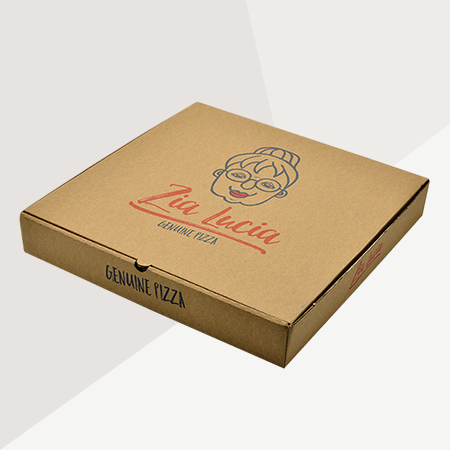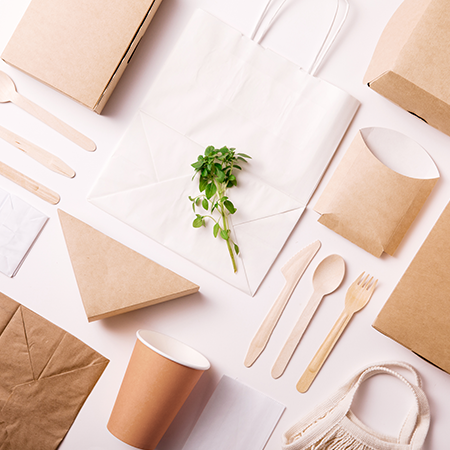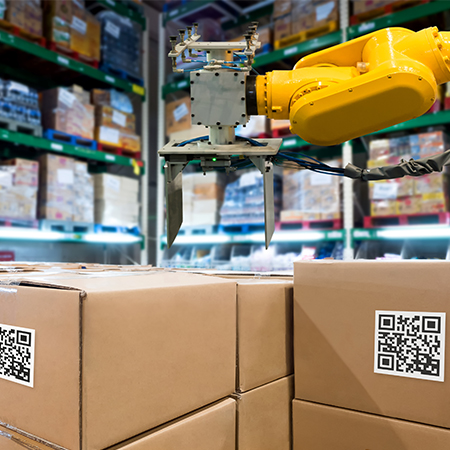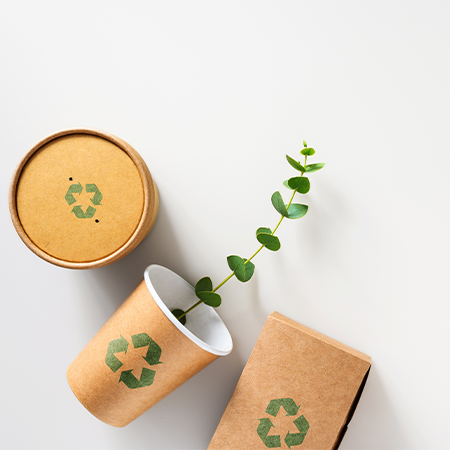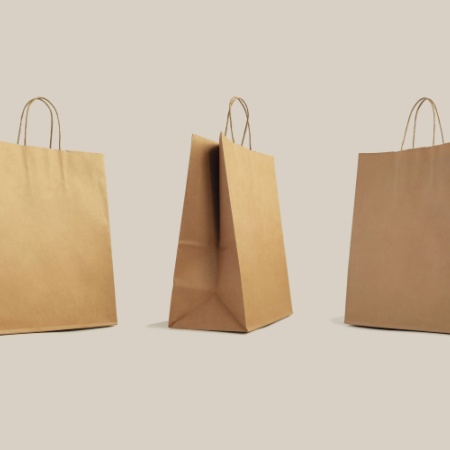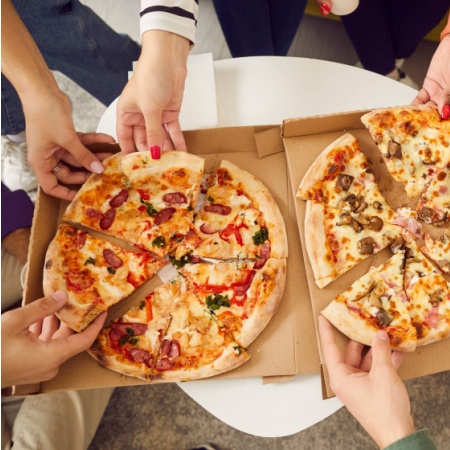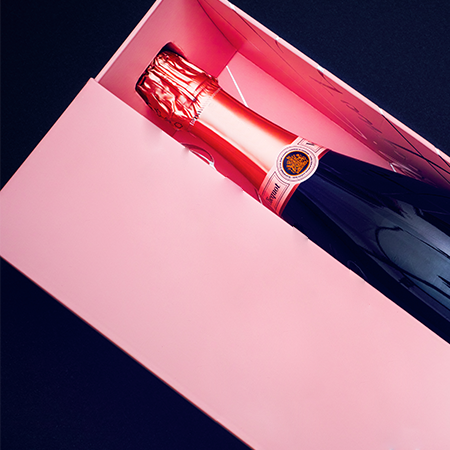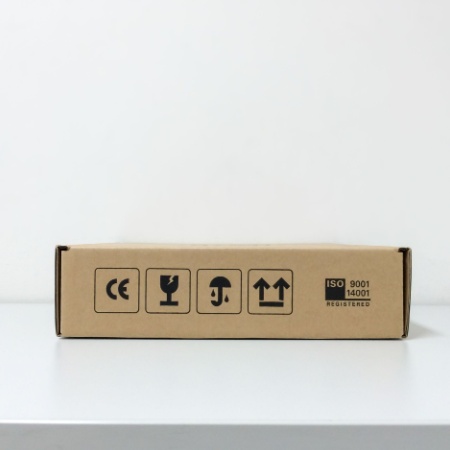Are you delivering pizza on a regular basis? Then our pizza boxes are a great solution for you. With their heat-proof qualities, these boxes will keep the heat of the pizza inside and make the customer feel like the pizza was prepared just seconds ago.
They are 100% suitable for pizzas, even if the box is printed the food will be safe because we use bleed-proof materials. They can be customized in any way you want, and they are also eco-friendly, which makes them even better. We are at your service to create a great delivery experience both for you and your customer.
